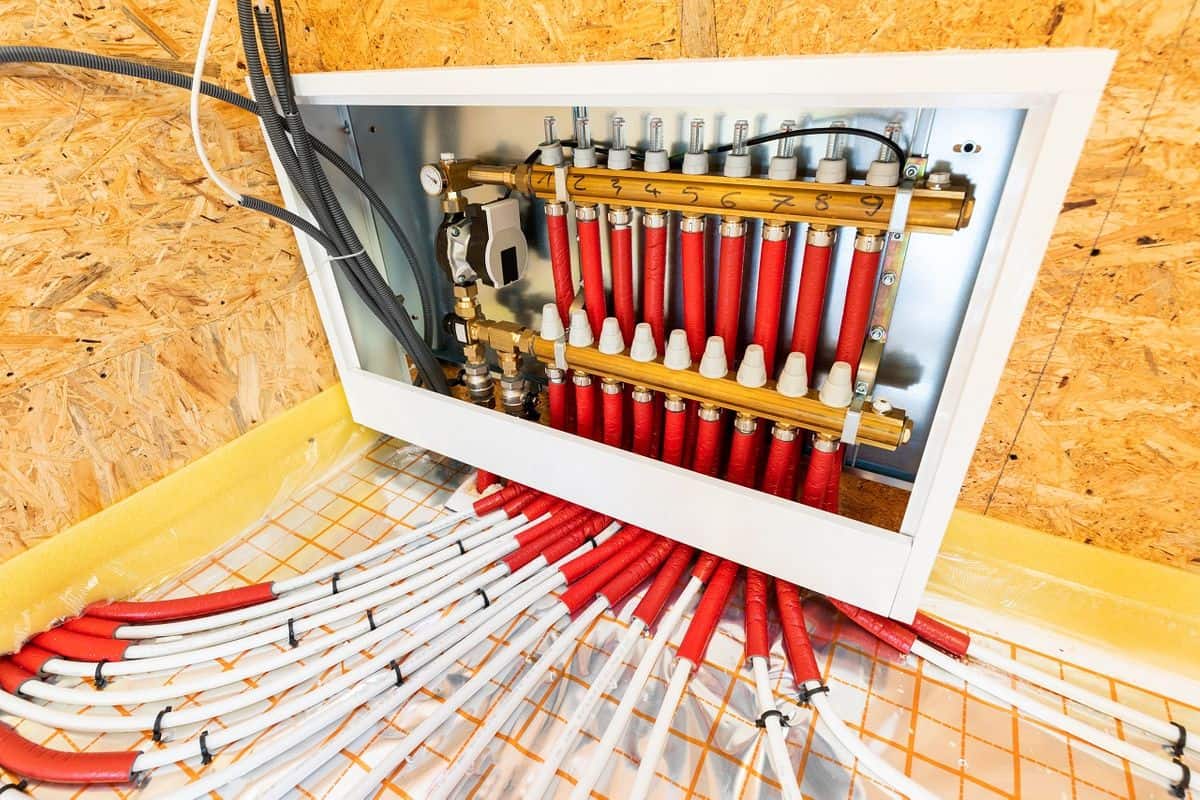Trying to choose the best cooling solution for your home can be a daunting task, particularly when deciding between the two most popular options: central air conditioning and ductless mini-split systems. Both options can provide excellent cooling performance and offer specific advantages depending on your home’s layout, size, and requirements. As homeowners in Saratoga Springs and the Capital Region, NY, continually search for the most efficient and comfortable solutions, this comprehensive guide will compare central air and ductless mini-split systems, highlighting the pros and cons of each cooling system and helping you make an informed decision for your home’s cooling needs.
Central air conditioning is a popular choice among homeowners due to its ability to cool an entire home through a series of ducts and vents, providing consistent temperature control throughout the living space. Conversely, ductless mini-split systems are composed of individual units, typically wall-mounted, that cool specific rooms or areas without the need for ductwork. This flexibility provides homeowners with the option to create custom cooling zones based on individual preferences and usage patterns.
In the following sections, we’ll dive into the advantages and drawbacks of central air conditioning and ductless mini-split systems, discussing factors like installation, energy efficiency, maintenance, and aesthetics. We’ll provide tips on selecting the most suitable system for your unique needs and how to maintain your chosen cooling solution for optimal performance and longevity.
Stay with us as we compare central air and ductless mini-split systems, exploring their merits and demerits, and helping you choose the best cooling system for your home in Saratoga Springs and the Capital Region, NY.
Central Air Conditioning: Pros And Cons
Central air conditioning has long been a popular choice for homeowners who desire consistent whole-home cooling. Before you decide on this option, consider the following pros and cons:
Pros:
1. Whole-Home Cooling: Central air conditioning systems are designed to cool your entire house through a network of ducts and vents, providing uniform temperature control throughout each room.
2. Less Visible: With the main components of a central air system located outdoors or hidden in utility spaces, the system’s appearance is less obtrusive than that of ductless mini-splits.
3. Air Filtration: Central air systems often include built-in air filtration, which can help improve indoor air quality by removing allergens, dust, and other pollutants.
Cons:
1. Ductwork Requirements: These systems require ductwork to distribute cooled air, which can be challenging and expensive to install in older homes that lack the necessary infrastructure.
2. Less Energy Efficient: Due to energy loss in the duct system, central air conditioning may be less energy-efficient than ductless mini-splits, leading to higher utility costs.
3. Limited Zoning Capabilities: Central air systems typically cool the entire home to one set temperature, offering limited flexibility for customized climate control in specific zones.
Ductless Mini-Split Systems: Pros And Cons
Ductless mini-split systems offer an alternative that provides flexible, customizable cooling options without the need for ductwork. Weigh the following pros and cons before making your decision:
Pros:
1. Flexible Installation: Ductless mini-splits don’t require ductwork, making installation easier and more cost-effective, particularly in homes without existing duct systems.
2. Customized Zoning: With individual units for each room or area, ductless systems allow you to create personalized cooling zones based on your preferences and usage patterns.
3. Energy Efficiency: Mini-split systems generally use less energy than central air systems due to the absence of ducts, translating to lower energy bills and a reduced environmental impact.
Cons:
1. Limited Whole-Home Cooling: Ductless systems may not be the best option for cooling larger homes, as each unit’s performance is limited to a specific area.
2. Aesthetic Considerations: The individual indoor units of a ductless system are more visible than central air vents, which may be a concern for homeowners who prefer a discrete appearance.
3. Upfront Cost: Ductless mini-split systems can have higher initial costs compared to central air systems, depending on the number of indoor units required.
Selecting The Right Cooling System For Your Home
Now that you’re familiar with the pros and cons of central air conditioning and ductless mini-split systems, consider the following factors to determine the most suitable option for your home:
1. Home Layout and Size: A home’s size and layout will play a significant role in determining the most effective cooling solution. Central air systems provide consistent whole-home cooling and may be a better choice for larger homes, while ductless systems can be more suitable for homes with smaller spaces or unique layouts.
2. Ductwork Availability: Installing ductwork in a home without an existing infrastructure can be expensive. If your home lacks this infrastructure, a ductless mini-split system may be a more cost-effective solution.
3. Energy Efficiency: If energy efficiency is a significant priority, ductless mini-split systems generally offer improved performance compared to central air systems, potentially lowering your utility bills and reducing your carbon footprint.
4. Customized Zoning: If you seek personalized temperature control for specific rooms or areas, a ductless mini-split system allows for customized zoning based on your preferences and usage patterns.
Maintaining Your Chosen Cooling Solution
Regardless of your chosen cooling system, consistent and proper maintenance is crucial for optimal performance and longevity. Regular maintenance tasks include:
1. Changing air filters: Replace filters regularly, especially during peak summer months, to maintain your system’s efficiency.
2. Cleaning outdoor units: Keep the area around your outdoor unit free of debris, dirt, and vegetation to ensure proper airflow and maximum efficiency.
3. Scheduling professional maintenance: Plan an annual inspection and tune-up with a qualified HVAC professional to prolong your cooling system’s lifespan and ensure proper performance.
Conclusion
Ultimately, the choice between central air conditioning and ductless mini-split systems depends on various factors, from your home’s layout and infrastructure to your personal preferences and priorities. By carefully weighing the pros and cons of each system, you can make an informed decision that maximizes your home’s comfort and efficiency. Take control of your home’s cooling needs by choosing the right system for your Saratoga Springs and Capital Region, NY, residence, and enjoy a comfortable, tailored living environment all season long. Contact My Jockey today for AC repair and service!




